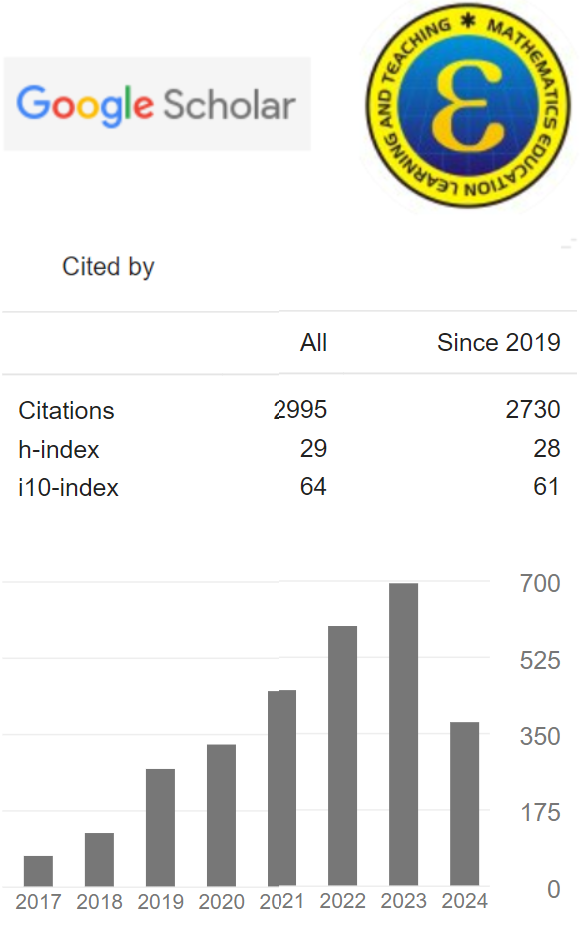Fuzzy Smokers Growth Model
(1) IAIN Syekh Nurjati Cirebon
(*) Corresponding Author
Abstract
The tobacco epidemic is one of the biggest public health problems in the world. Based on the data from WHO, Tobacco kills nearly 6 million people a year around the world. Monitoring tracks of smokers' growth population can be important things for the government to find the best implement policies to overcome this problem. This paper presents a smoker's growth model with uncertainty in the transmission and recovery rate. In classical smoker's growth model, the transmission and recovery rate assumed to be constant. However, in reality, the age of the population is heterogeneous, and the transmission among the population may depend on the age of the smoker. Therefore, in this paper, the transmission and recovery rate of smokers' growth model depends on the age of smokers. We divide the transmission and recovery rate into three categories based on age: Children (0-10), Adolescent (10-30), Adult (30-60). The uncertainty of transmission and recovery rate in this model represented by a triangular fuzzy number. The most important things in the model are the basic reproduction number. A basic reproduction number is an indicator of when the endemic case will occur. Therefore, the main focus of this paper is to determine the basic reproduction number of fuzzy smokers growth models using the fuzzy expected value concept. The result is the basic reproduction number of the fuzzy model is an interval. This may can be used as an upper and lower limit of the basic reproduction number
 ÂKeywords
Full Text:
PDFReferences
Barros, L. C., Bassarnezi, R. Z. G., Oliveira, & Leite, M. B. F. (2003). The epidemiological models SI with a fuzzy transmission. Computer and Mathematics with Applications 45, 1619-1628. https://doi.org/10.1016/S0898-1221(03)00141-X
Castillo-Garsow, C., Jordan-Salivia, G., & Herrera, A. R. (1997). Mathematical models for the dynamics of tobacco use, recovery, and relapse. Technical Report Series Cornel University, BU-1505-M.
Gunawan, A. Y., & Nurtamam, M. E. (2009). “A Simple Dynamical Model for the Growth of Smoker Population.†Journal of the Indonesian Mathematical Society, 14(1),63-72. http://dx.doi.org/10.22342/jims.14.1.82.63-7
Massad, E. et al. (2008): Fuzzy Logic in Action: Aplication in Epidemiology and beyond. Berlin: Springer.
World Health Organization. 10 facts on the global tobacco epidemic. Retrieved October 1, 2020, Retrieved from http://www.who.int/features/factfiles/tobacco_epidemic/tobacco_epidemic_facts/en/.
Zadeh, L.A. (1965). Fuzzy sets. Information and Control 8(3), 338-353. https://doi.org/10.1016/S0019-9958(65)90241-X
Zainab, A., Sarah, A., & Salma, A. 2014. Global Dynamics of a Mathematical Model on Smoking. International Scholarly Research Notice, Vol. 2014, Article ID 847075, 7 pages. https://doi.org/10.1155/2014/847075
DOI: 10.24235/eduma.v9i2.7345
Article Metrics
Abstract view : 41 timesPDF - 6 times
Refbacks
- There are currently no refbacks.
Copyright (c) 2020


.png)










